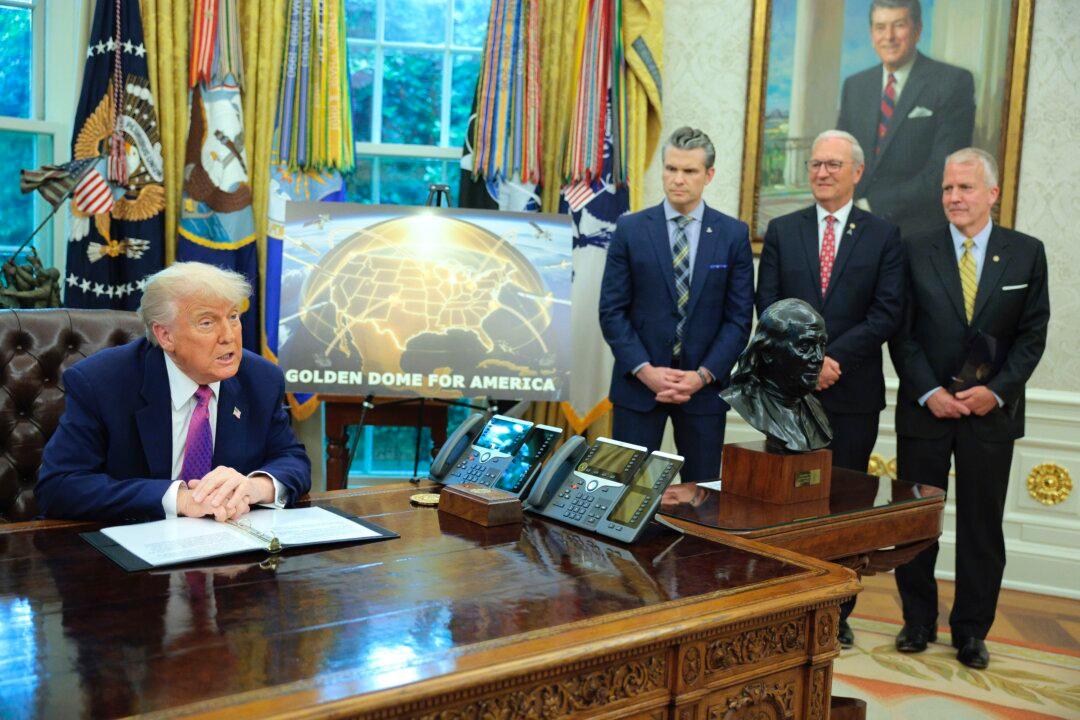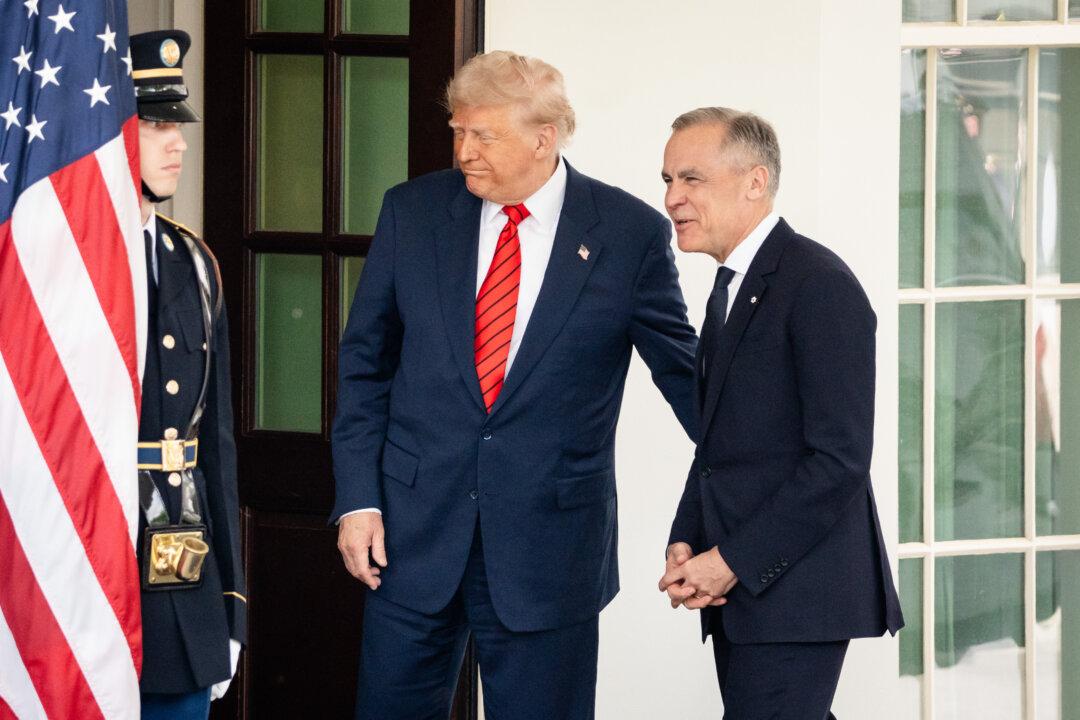U.S. President Donald Trump has announced his plan to build a new U.S. air defence system to protect against a variety of threats, while Canada is in discussions about potentially joining the project to make it continental.
Trump announced from the Oval Office on May 20 that the “Golden Dome” project would cost US$175 billion and be ready in less than three years. This would see the system put in place before Trump departs the White House.
The president said at the beginning of his announcement that Canada has expressed an interest in joining the project.
“Canada has called us, and they want to be a part of it, so we'll be talking to them,” Trump said. “They want to have protection also, so as usual, we help Canada, [we] do the best we can.”
The president said that adding Canada to the Golden Dome would be a “fairly small expansion” and that his administration would “work with them on pricing.”
Trump also discussed possible Canadian involvement in the project later during his announcement and when taking questions from reporters.
“They want to hook in, and they want to see if they can be a part of it,” he said. “I guess that’s what I was talking about from day one. You know, it just automatically makes sense, and it won’t be very difficult to do, but they'll pay their fair share.”
The president appeared to allude to his repeated calls to have Canada join the United States to benefit from greater military protection, but he didn’t raise the issue directly during the announcement.
Prime Minister Mark Carney’s office confirmed Canada’s interest in the Golden Dome on May 20.
“Canadians gave the Prime Minister a strong mandate to negotiate a comprehensive new security and economic relationship with the United States,” a spokesperson from the Prime Minister’s Office said in a statement to media.
“To that end, the Prime Minister and his ministers are having wide-ranging and constructive discussions with their American counterparts. These discussions naturally include strengthening NORAD and related initiatives such as the Golden Dome.”
Carney commented further on the issue on May 21, saying when it’s in Canada’s “best interest to cooperate with the Americans,” that’s something his government would pursue.
‘Different League’
Trump said the new system would be in a “different league” than what is currently provided by the North American Aerospace Defense Command (NORAD), a joint U.S.-Canada program.The Golden Dome would have a similar function as Israel’s air defence system, which includes elements such as the Iron Dome and David’s Sling. The system has been proven to be highly effective at shooting down incoming threats ranging from short-range rockets from neighbouring terrorist groups to ballistic missiles from their state-sponsor Iran.
Trump said the Golden Dome would be more sophisticated than Israel’s air defence system.
“We helped Israel with theirs, and it was very successful, and now we have technology that’s even far advanced from that,” he said.
The project will help achieve former U.S. President Ronald Reagan’s vision 40 years ago, Trump said, in reference to Reagan’s proposal in 1983 to establish a system that could intercept nuclear missiles from the Soviet Union. The program, dubbed “Star Wars” due to planned elements operating from space, faced criticism around feasibility and the potential stoking of an arms race.
The Soviet Union fell in 1991, eliminating the threat and putting an end to the Cold War, but adversaries to the United States such as China and Russia have been developing advanced weapon systems such as hypersonic missiles, which travel above a speed of Mach 5, or more than 6,000 kilometres per hour.
Nuclear Weapons in Space
Another concern about advances in military technology involves space-based nuclear weapons. “We are aware of reports that Russia is examining the possibility of placing nuclear weapons in space,” NATO Secretary-General Mark Rutte told German newspaper Welt am Sonntag in April.Trump recently spoke at length with Russian President Vladimir Putin but he said he did not broach the topic.
“We haven’t discussed it, but at the right time we will,” he said on May 20.
Amid these concerns and the ongoing conflict in Ukraine, there have been discussions among members of the NATO military alliance on raising the defence spending guideline above the current 2 percent of GDP.







